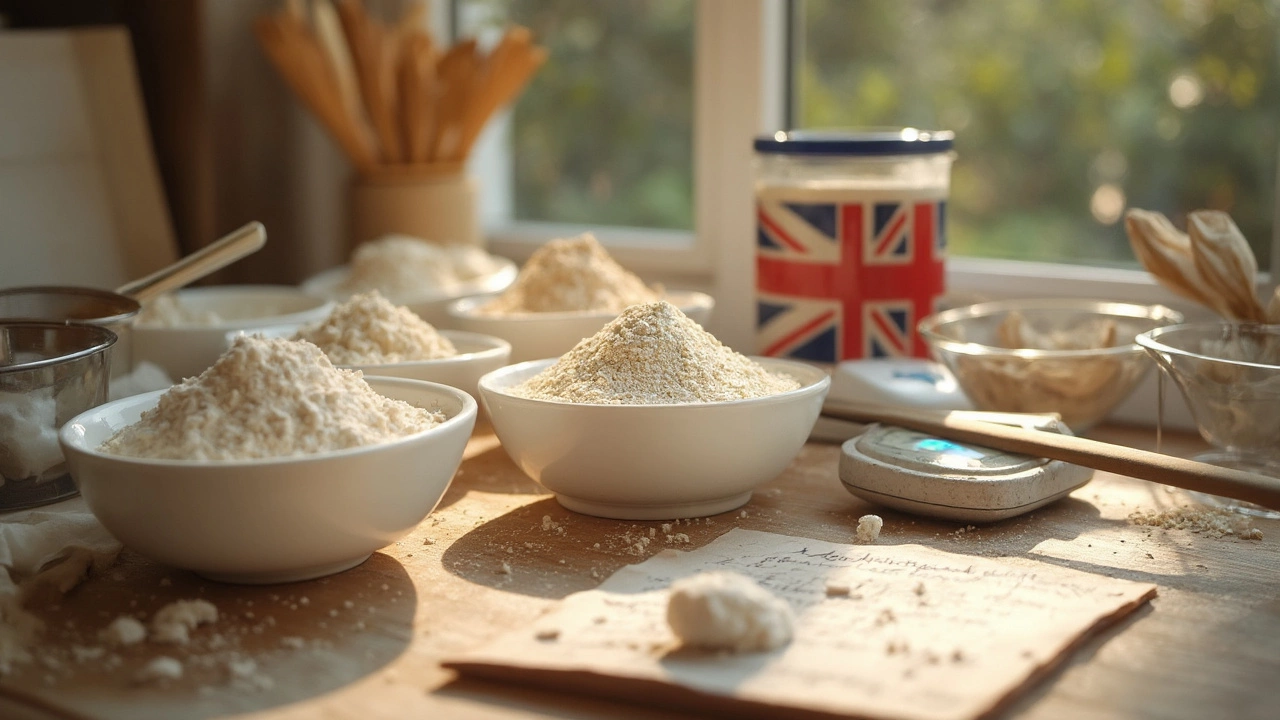
How Many Calories Are in a Sweet Macaron? Nutritional Facts & Tips
Ever wondered how many calories are in a sweet macaron? Discover fun facts, helpful tips, and detailed nutritional info about this popular French treat.
If you’ve ever tried a macaron and ended up with a cracked shell or a soggy center, the culprit is usually the ingredients. Knowing what to buy, how to store it, and how each component works can turn a flop into a flawless batch. Below we break down the five core ingredients, share practical buying tips, and give quick tricks to keep things balanced.
Almond flour (or finely ground almond meal) gives macarons their nutty flavor and delicate texture. Look for a super‑fine grind; any grit will show up as bumps in the shell. If you can, sift the flour once or twice before using – it removes larger pieces and prevents uneven walls. Store the flour in an airtight container in the fridge or freezer; the cold keeps the fat from going rancid and keeps your batter at a stable temperature.
There are two types of meringue: French (egg whites + sugar) and Swiss (egg whites + sugar heated before beating). For most macaron recipes, Swiss meringue is the safer bet because the gentle heat dissolves the sugar fully, giving a stable foam that holds its shape during baking. Use room‑temperature egg whites, and always separate the yolks carefully – even a tiny yolk drop can ruin the fluffiness. Whisk until you get glossy peaks that stand up straight when you lift the beaters.
Beyond almond flour and meringue, the other ingredients play supporting roles:
Here’s a quick checklist before you start:
When you mix the dry ingredients with the meringue, aim for a “macaronage” consistency that’s thick but flowy – it should form a ribbon that falls slowly off the spatula and disappears back into the bowl after a few seconds. Over‑mixing ruins the air bubbles; under‑mixing leaves gritty shells. A good test is to lift the batter; if the ribbon slides off the spatula and disappears within 10 seconds, you’re spot on.
Finally, remember that humidity is the biggest enemy of macarons. If the kitchen feels damp, your shells may crack or develop a fuzzy surface. In high humidity, add a tiny pinch of cornstarch to the almond flour mix – it helps absorb excess moisture.
With the right ingredients and a few practical tricks, you’ll be on your way to consistently perfect macarons. Grab your almond flour, whip up a stable meringue, and let those pastel shells rise into beautiful, bite‑size delights.

Ever wondered how many calories are in a sweet macaron? Discover fun facts, helpful tips, and detailed nutritional info about this popular French treat.

Wondering which flour makes the best macarons? This guide gives you the lowdown on which flour to pick, why it matters, and how to avoid common baking mistakes. You'll get insider tips, relatable advice, and practical pointers for flawless macarons. No fluff, just the facts you need for smooth, shiny shells. Plus, a few tricks that both home bakers and pastry pros swear by.